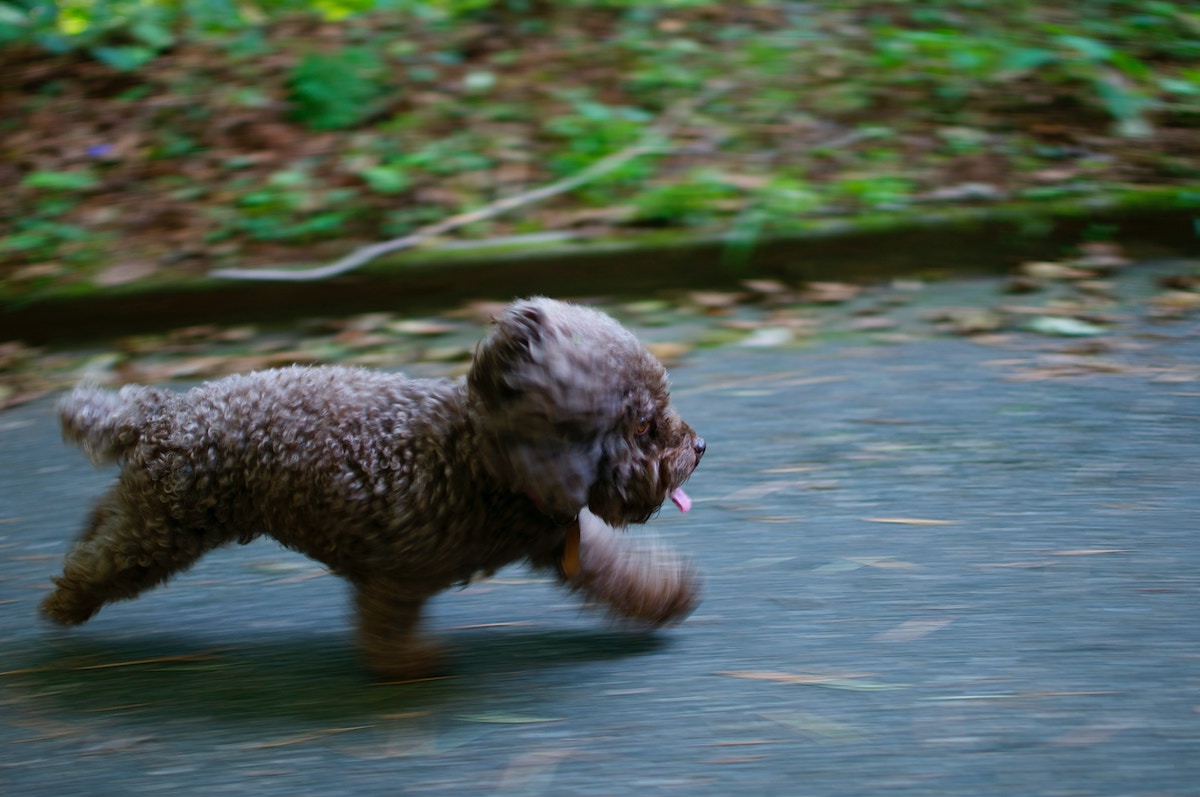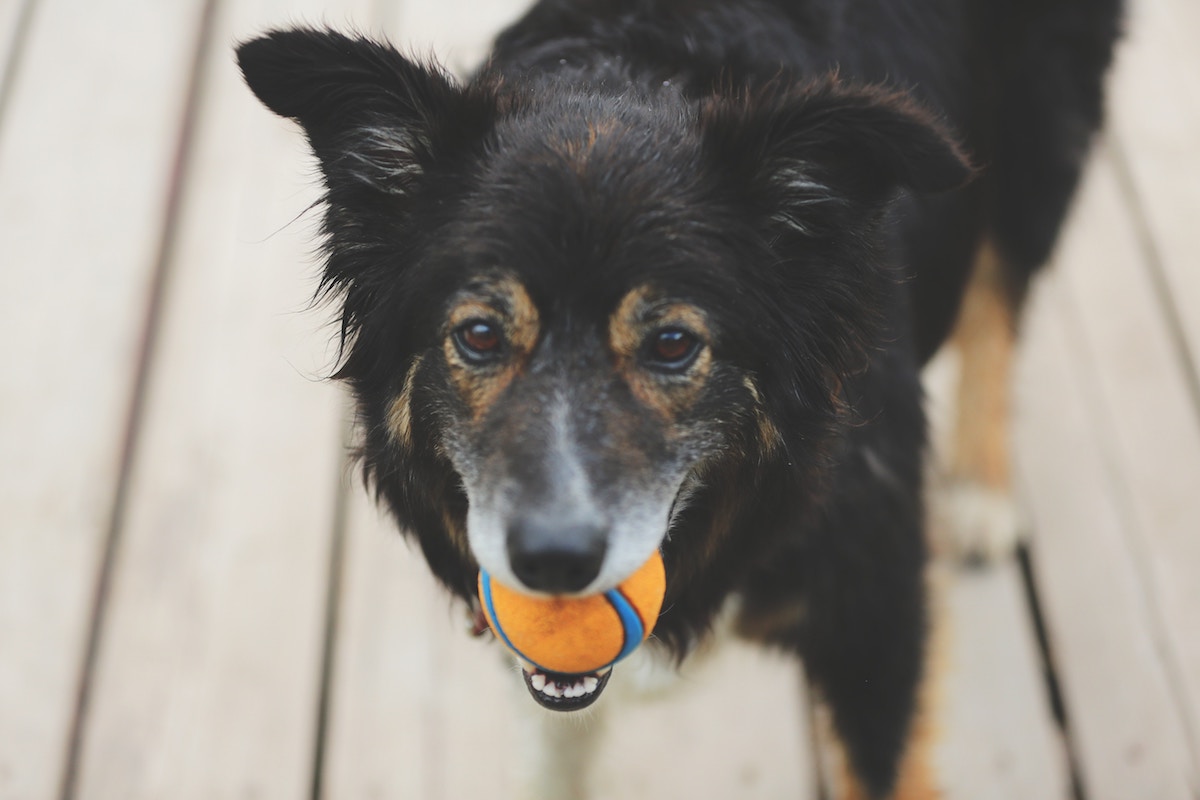Microchips Help Lost Dogs be Found
There is not much of anything in the world other than the sight of a child who is grieving a lost dog. Teary-eyed and depressed. Yet hopeful, she goes around the neighborhood tacking signs to telephone poles. Pleading for the safe return of her beloved pet. All the time knowing that the odds are stacked against her and her dog.
There have been various methods enacted to reunite lost pets with their owners. Dog licensing and tag laws are one way that local governments have tried to help, but they don’t work very well at all. If a lost dog has lost its identification tag it is impossible for anyone to find the dog’s owner.
For many years the owners of show dogs have used tattoos to put permanent identifying marks on their dogs. The tattoo is placed on the skin of the inner thigh, near the abdomen, and contains a unique number assigned by the American Kennel Club. The tattoos aren’t visible to the average person. Yet, shelter employees seldom check for tattoos on the “strays” that are brought to them on a daily basis.
A newer method of dog identification is microchipping. A microchip is inserted under the dog’s skin near the shoulder. This chip contains encoded data about the dog and its owner that may then be read by a scanner. It is a more permanent method than a simple metal tag. Less painful and inconvenient to the dog than tattooing. Has a higher success rate than any other method when it comes to getting lost dogs back together with their owners.
The method isn’t perfect. Some microchips may shift over time and become unreadable to scanners. There is the possibility that the microchip can become demagnetized. It is the best method developed so far and is now used all over the world.
Insertion of the microchip is a simple and pain-free process for the dog. Unlike tattooing, which requires the dog to be restrained and often shaved. Implantation of the microchip is like an injection. After a tiny pinprick, it is over. The dog can now be identified at any shelter equipped with a scanning device. Information on the chip is unique to the dog and the owner. This makes a reunion a high probability instead of a remote possibility.
Thanks to microchip technology, we may have seen the last child crying over her lost dog and that would be a Very Good Thing.
With advances in technology, there are now GPS and Bluetooth trackers that provide real-time location tracking of your dog. You can read more about it here.






